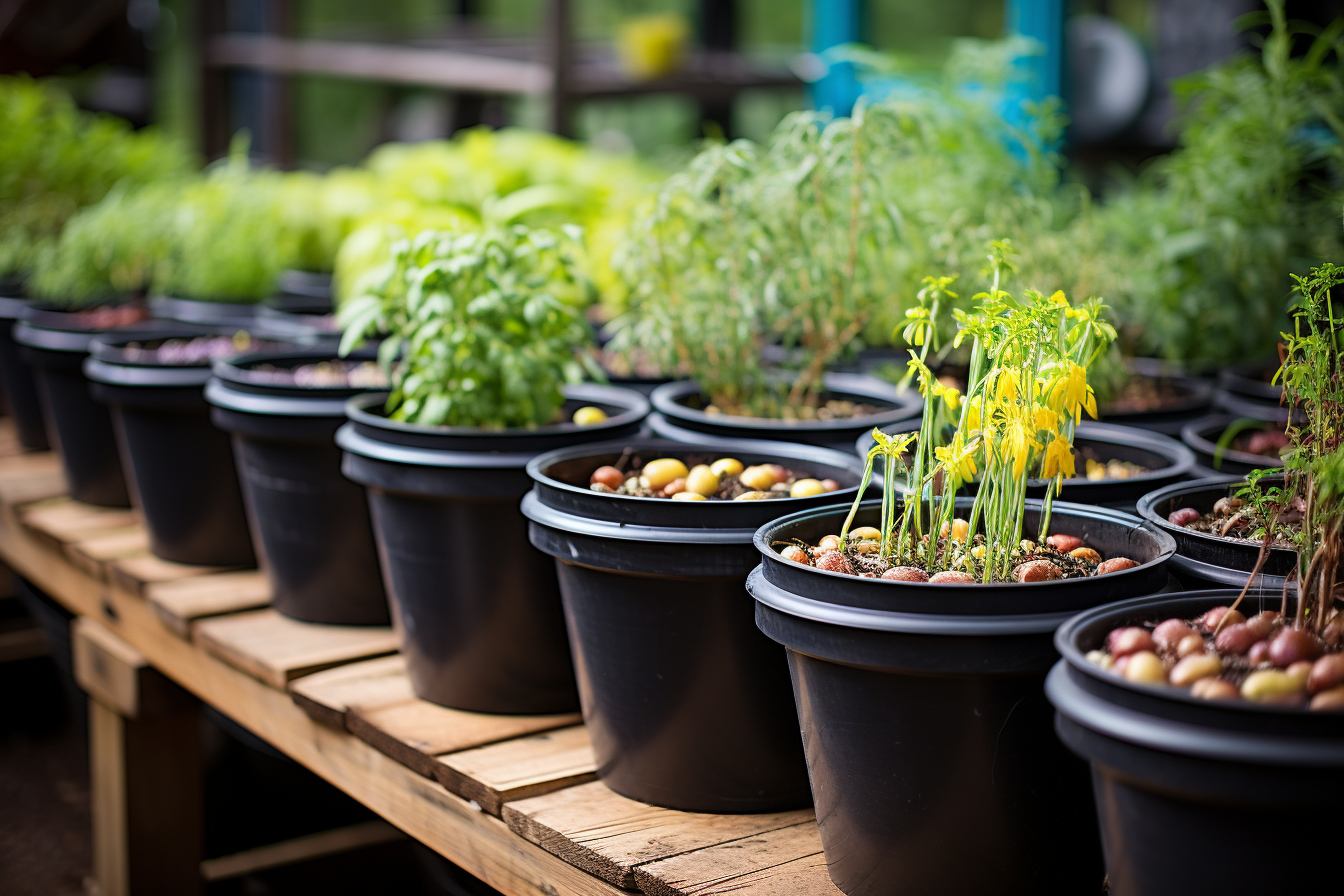Water is a precious resource and its responsible management has become a priority in many homes. Installing a rainwater collector is an excellent way to reduce our ecological footprint and contribute to the preservation of this natural resource.
Why install a rainwater collector?
Before going into the details of the installation, it is important to understand why it is interesting to install a rainwater harvesting system. First of all, rainwater is free and abundant, making it an economical alternative to drinking water. In addition, by using rainwater to water the garden, wash the car or flush the toilet, you reduce your consumption of drinking water, which translates into savings on your water bill.
In addition, the use of rainwater helps reduce pressure on fresh water resources and preserve groundwater tables. This also helps reduce the risk of drought and water shortage. Finally, rainwater is naturally soft and lime-free, making it ideal for certain uses, including washing cars or filling swimming pools.
Choosing the right rainwater collector
There are many types of rainwater harvesters on the market, so it is important to choose the one that best suits your needs. Here are some factors to consider when making your choice:
- Capacity: the capacity of the rainwater collector will depend on your water needs. It is therefore essential to determine the quantity of water you wish to recover and to opt for a suitable tank.
- Material: Rainwater butts are usually made of plastic or concrete. Plastic is lightweight and easy to install, while concrete is stronger and more durable. Choose the material that best suits your preferences and constraints.
- Filter: a good filtration system is essential to guarantee the quality of the rainwater collected. Make sure the rainwater harvester you choose is equipped with an effective filter to remove impurities and debris.
- Location: choose a suitable location to install your rainwater collector. It should be close to the gutters to facilitate rainwater collection. Also make sure it is accessible for maintenance and cleaning.
Install your rainwater collector
Once you have chosen the rainwater harvester that best suits your needs, it’s time to move on to installation. Here are some steps to follow:
- Preparation: Before you begin installation, make sure you have all the necessary tools on hand. Also clean the gutters to prevent debris from blocking the collection system.
- Gutter Installation: Make sure the gutters are properly installed and directed towards the rainwater collector. This will maximize rainwater collection.
- Connecting the rainwater collector: Connect the rainwater collector to the gutters using suitable pipes or downspouts. Make sure connections are tight to prevent leaks.
- Filter installation: install the filter at the inlet of the rainwater collector to remove impurities. Follow the manufacturer’s instructions for proper installation.
- Use and maintenance: Once the system is installed, you can start using your rainwater for various daily tasks. Be sure to maintain your rainwater collector regularly by checking the filters and cleaning the tank if necessary.
Understanding the ecological benefits of rainwater harvesting systems
Beyond the financial savings and the various uses mentioned, rainwater recovery has a profound ecological dimension. This gesture, at first glance simple, can have major implications for the environment and the health of our planet.
Reduction in water pollution : Using rainwater reduces the demand for treated water, which means fewer chemicals and treatments required. This not only reduces energy costs associated with water treatment, but also reduces the amount of chemicals released into our waterways, helping to preserve aquatic ecosystems.
Flood reduction : An effective rainwater harvesting system can help limit water runoff during heavy rains. Runoff is often responsible for flooding in urban areas where the soil is less permeable due to construction. By capturing some of this water, recovery systems can reduce the risk of local flooding.
Preservation of the local ecosystem : By using rainwater to irrigate gardens, we reduce the withdrawal from local water sources. This is essential because excessive extraction of water from lakes, rivers and groundwater can disrupt the flora and fauna that depend on these ecosystems.
Fight against overconsumption : Globally, the demand for fresh water is increasing every year. Rainwater harvesting systems can play a crucial role in meeting this growing demand without depleting natural reserves.
The socio-economic implications of rainwater harvesting
If the ecological dimension is often highlighted, rainwater harvesting also has socio-economic benefits. These aspects, sometimes less obvious, are nevertheless essential to fully understand the impact of this approach on our societies.
Reduced processing costs : Every liter of rainwater used is a liter of drinking water saved. This reduction in water consumption from the public network leads to a reduction in treatment and distribution costs. In the long term, this may result in lower prices for consumers.
Reduced dependence on suppliers : Using rainwater reduces our dependence on large water suppliers. This strengthens the autonomy of households and can limit the impacts of possible crises or shortages.
Stimulating local employment : The growing demand for the installation of rainwater harvesting systems is favoring the emergence of new professions and the creation of local jobs. Whether for manufacturing, installation or maintenance, this expanding sector offers new professional opportunities.
Environmental Responsibility Education : By integrating these systems into homes, we also raise awareness among young people of the importance of preserving resources. This is a crucial step in educating future generations to behave more responsibly.
Reduction of the load on public infrastructure : When many households adopt rainwater harvesting, the demand for drinking water decreases, which can reduce pressure on public infrastructure. This can delay or even avoid the need to invest in costly new facilities.












